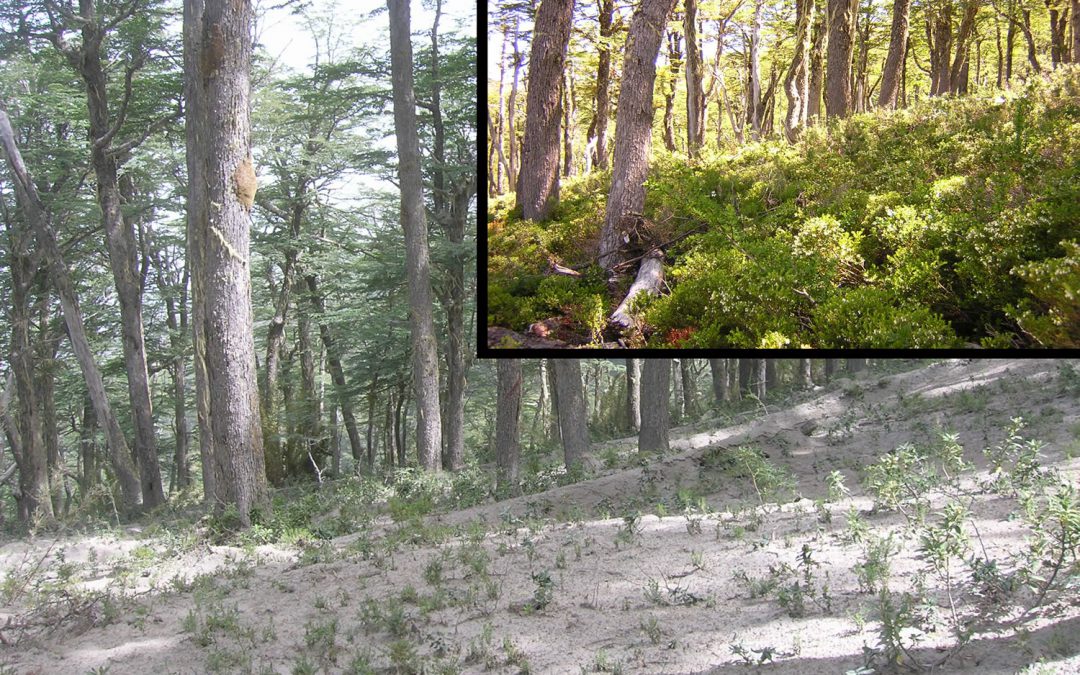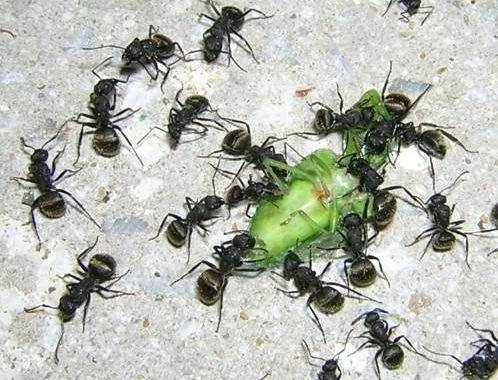

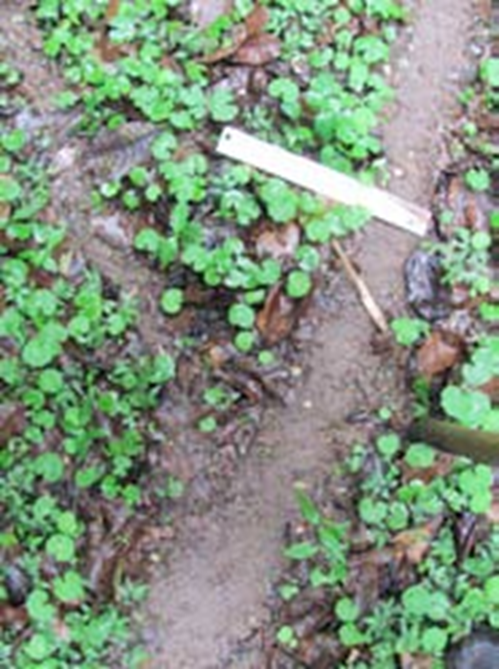
Resolution of traffic conflicts in leaf-cutting ants: foraging trail design and ant behavior in the trails
Leaf-cutting ants use a trail system to transport leaf fragments to their nests. This foraging trail system can be considered as their extended phenotype, and thus is under natural selection to reduce their costs and increase their benefits. In this project, we study...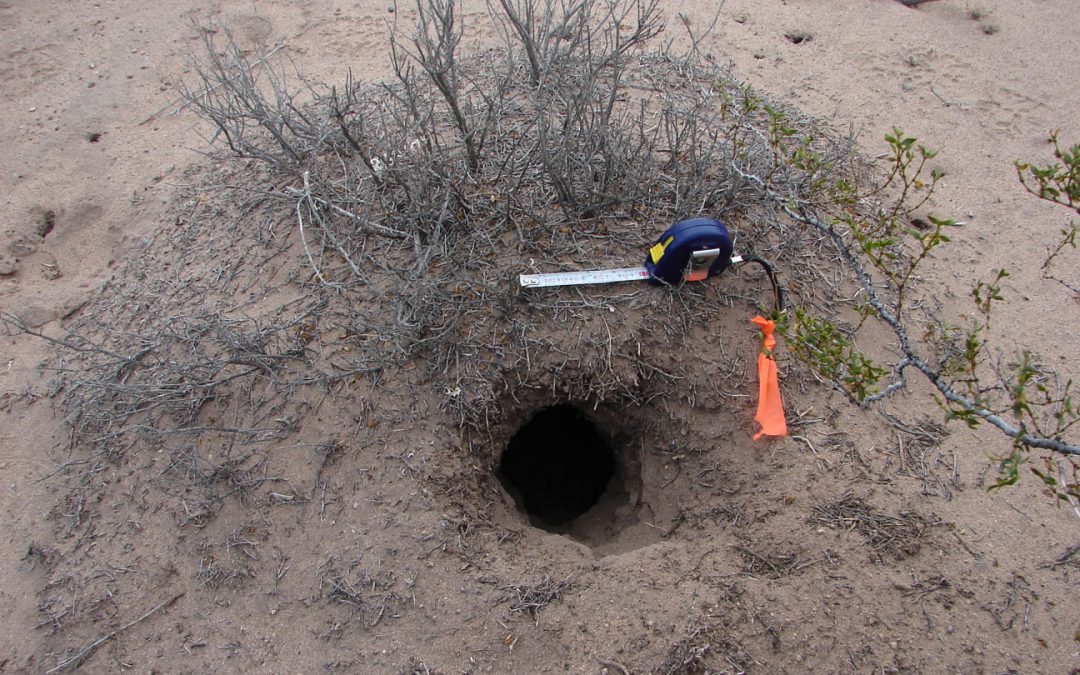
Ant predators
Leaf-cutting ants can become important pests for agriculture and forestation. Therefore, knowing their natural enemies is very important. This project focuses on armadillos, which are omnivorous mammals that include several insects in their diets, and parasitoid...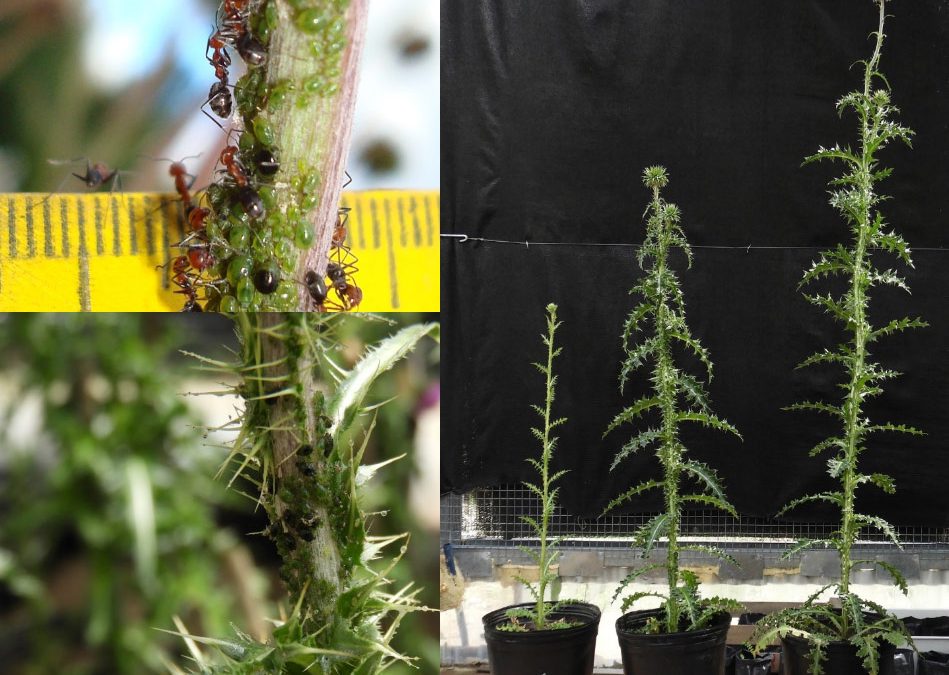
Changes in the C:N:P ratio of plants affect the outcome of ant-aphid interactions.
The aim of this work is study how the activity of soil-disturbing animals that increase soil nutrients affect the carbon: nutrient ratio of plants, which may, in turn, determine the transfer of energy and nutrients through higher trophic levels. Particularly, I study...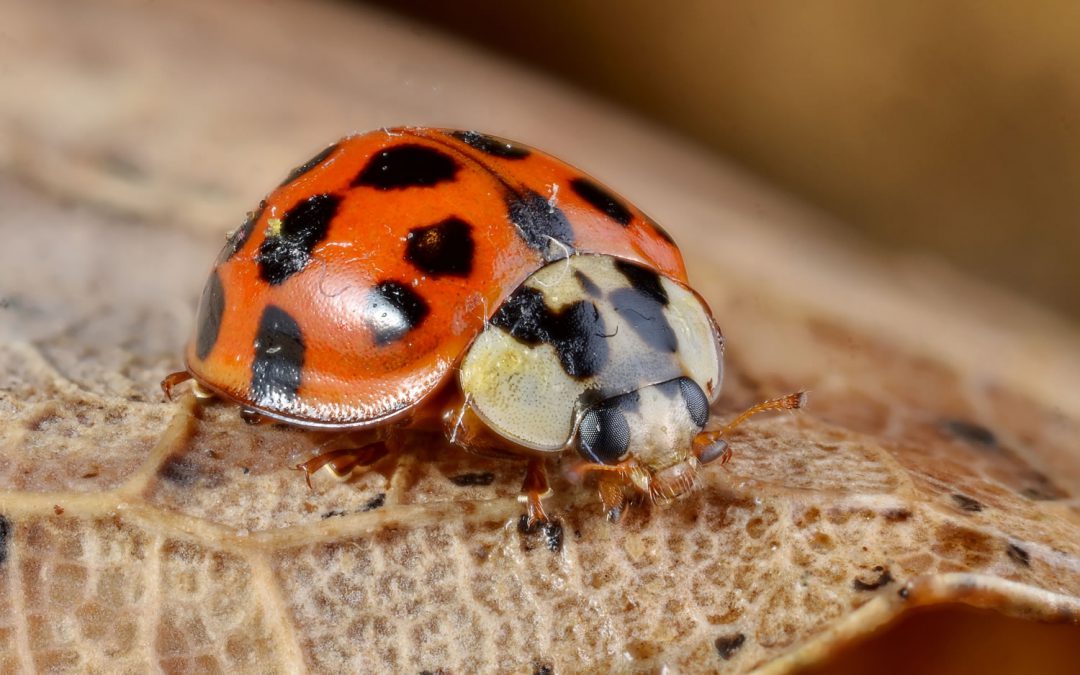
The spread of invasive species: monitoring the spread of Harmonia axyridis (Pallas) (Coleoptera, Coccinelidae) in Patagonia Argentina
Harmonia axyridis is an invasive species native to Asia. It is a generalized predator, highly voracious, capable of dispersing and surviving in a wide range of habitats and climates. This species represents a threat to biodiversity and generates harmful effects to...